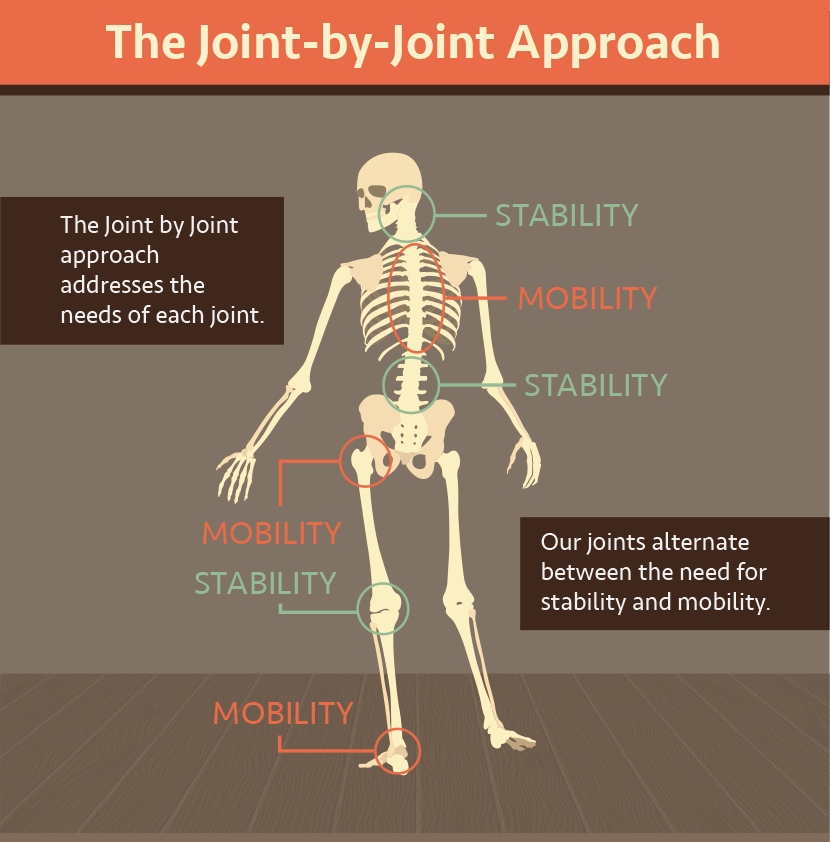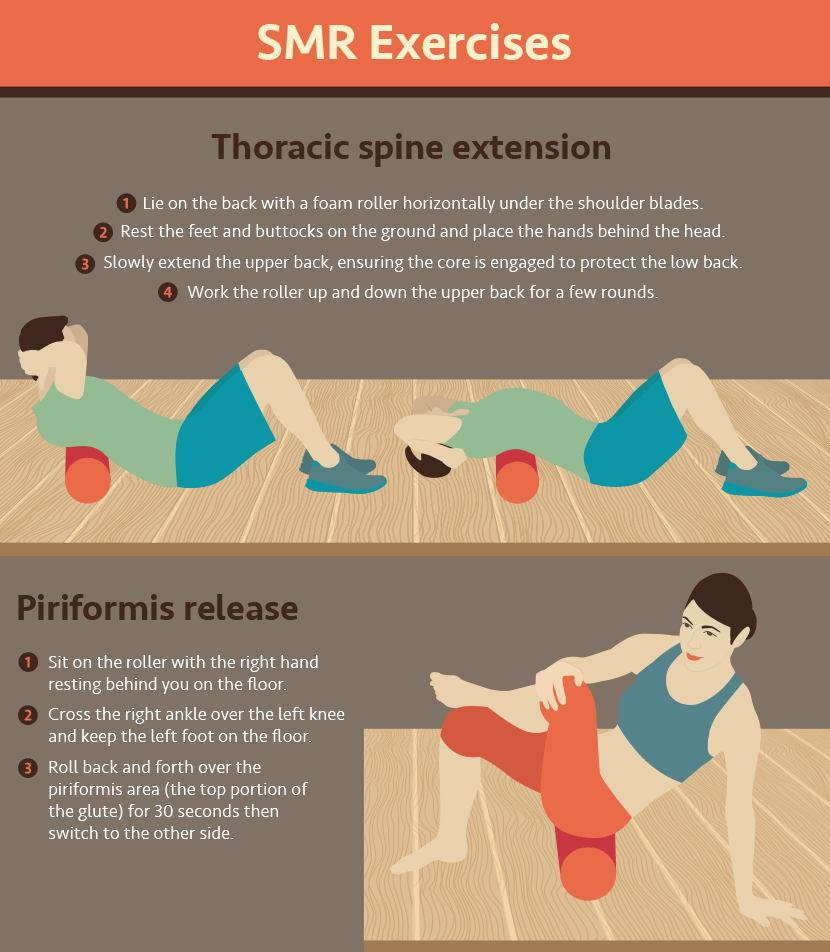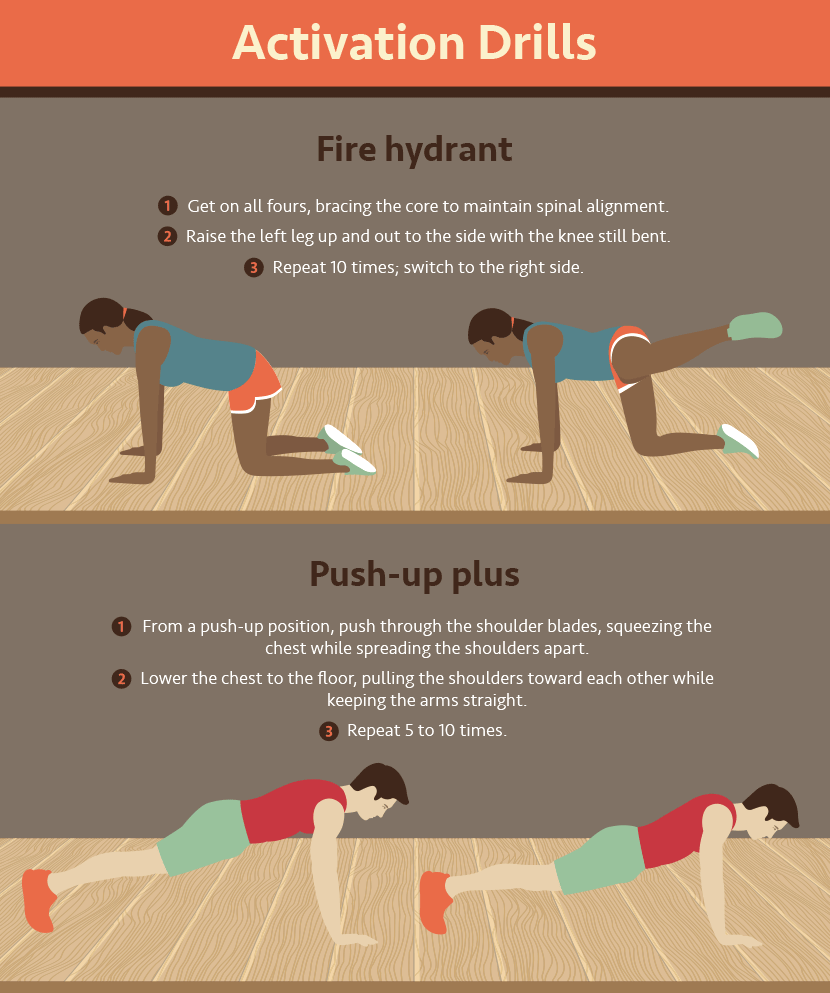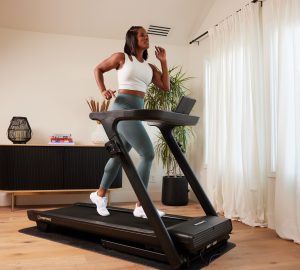People most often talk about joints in relation to pain. Generally, we focus on one joint at a time. However, it’s important to think of all the bones, muscle, and connective tissue around each joint as an integrated system that relies on the health of other joints. Ankle joints connect to the knee joints. Knee joints connect to the hip joints. In other words, if a single joint does not work properly, the joints above and below it can be affected causing mobility issues.
Flexibility
Flexibility is the absolute range of motion in a joint or system of joints, and the length of muscle that crosses the joint involved. It directly correlates with range of motion and mobility, but does not directly correlate with strength, balance, and coordination. Range of motion is the distance and direction the joint can move, while mobility is the ability to move without restriction.
Mobility
Though flexibility and mobility sound similar, they are not interchangeable. Mobility within a joint is the degree to which the area where two bones meet (known as an articulation) is allowed to move before restricted by the surrounding tissue such as tendons, muscle, and ligaments. Think of mobility as the range of uninhibited motion around the joint.
A good level of mobility allows a person to perform movements without restriction, while a person with good flexibility may not have the strength, coordination, or balance to execute the same movement. Good flexibility does not always denote good mobility.
Check out this great hip mobility workout from our friends at Optimize Physiotherapy. Contact them at 780.455.5068 or email them at info@optimizephysio.com
Stability
Mobility relates to movement while stability relates to control. Stability is defined as the ability to maintain control of joint movement or position by coordinating actions of surrounding tissues and the neuromuscular system. Joint stability depends largely on the shape, size, and arrangement of the articular surfaces (the surfaces on joints and cartilage where the bone makes contact with another bone), the surrounding ligaments, and the tone of the surrounding muscle. Injuries including ligament tears and sprains can often lead to stability issues in the joint.
Connecting the Movement Dots
Though maintaining flexibility is important, flexibility alone cannot prevent or heal injuries. A person can be very flexible, but lack mobility or stability within a joint. Rather than consider one more important than the other, think of flexibility and mobility as equal partners in creating sound movement patterns. You can check out one of these inversion tables to help fix your back problems.
Gray Cook, physical therapist and author of Movement: Functional Movement Systems: Screening, Assessment, and Corrective Strategies, suggests we view the body on a joint-by-joint basis to create the best movement patterns. When viewing Cook’s approach from the top down, we can see how joints can stack on top of each other, alternating from stability to mobility.

Although our fingers and toes play a large role in movement since they have multiple joints, we’ll focus on the larger joints here.
Movement relationships from joint to joint play an integral role in overall activity. If the ankle does not bend and flex, it can inhibit the natural gate, the ability to squat fully or properly, and the ability of the knee to stabilize.6
Knee instability can lead to valgus collapse during squatting and hip hinging movements. It can prevent a good rebound during lateral or jumping movements. Lack of hip mobility can prevent twisting, bending, squatting, and hinging.
Not only can limitations within each joint affect how that joint functions, but also how joints above and below work as well. Poor hip mobility can cause low back pain or knee dysfunction. Lack of ankle mobility can cause knee pain. When a mobile joint becomes immobile (like the ankle) it can cause a stable joint to become instable (like the knee).
Though most joints are either stable or mobile, Mike Boyle, CSCS, explains in his book Advances in Functional Training: Training Techniques for Coaches, Personal Trainers, and Athletes, that the hip joint can be both stable and mobile. This means that it can also be unstable and immobile. This happens because the hips are multi-planar movers, meaning they flex and extend, perform abduction and adduction, and internally rotate and externally rotate.
The hips are at the core of the body and responsible for many different daily and athletic movement patterns. When something goes awry in the hips, it may affect the low back or knee. Often the low back or knee is treated rather than the hips, which can create a cycle of more hip immobility and less spine and/or knee stability. Rather than taking a single joint approach to creating healthier movement, look at the joints as a whole unit and work to connect the dots.
Improve Your Mobility, Stability, and Flexibility
Daily mobility and activation drills plus stretching keep the body primed and ready to take on any challenge.
SMR Exercises
Self-Myofascial Release (SMR) uses various objects such as foam rollers, lacrosse balls, tennis balls, and PVC (to name just a few) to help massage away restrictions found in normal soft-tissue.7

Mobility Exercises
Mobility drills are a great way to improve movement within joints that get a little sticky. Mobility exercises differ from static stretching in that they take joints and tissue through a series of movements to increase range of motion. Not everyone needs mobility work in all joints, but many people benefit from daily mobility drills. If you feel stiff, limited, or sore, then work on mobility in that joint, as well as the joints above and below it. For example, if the lower back or lumbar spine feels stiff, work on hip and thoracic spine mobility.

Activation Drills
Activation drills help the body learn to use the right muscles at the right time, which increases muscular strength around the joints and impacts the mobility or stability of that joint. Many activation exercises involve the core and the glutes since they make up the base of the trunk and help support hip and spine stability and mobility.

Flexibility Stretches
Stretching not only feels good but can also improve the range of motion within a joint. Save stretching for after a good warm up or workout rather than before.

When Things are Loose: Hypermobility and Joint Laxity
Often referred to as being double-jointed, hypermobility is excess range of motion within a joint. This allows some people to get into positions other people find impossible. Certain athletes, including gymnasts and dancers, benefit from hypermobile joints; most often it’s a benign condition.
However, symptoms such as clicking, pain and stiffness, dislocation, and recurring injuries need to be addressed. Hypermobility can be a sign of weakened collagen (the glue-like substance that holds the body together).
Mobility and stability unlock better human movement. Flexibility can benefit movement by increasing the range of motion within a joint. Working to improve movement in as little as 10 minutes a day can lead to healthier joints, less pain, and decreased risk of injury.
WRITTEN BYKELLIE DAVIS
Kellie started her career as a fitness writer in 2009 with a blog. That has led to co-authoring a women’s strength training book called Strong Curves. She currently attends graduate school at The George Washington University and lives with her husband and two children.
Article is used with permission from www.fix.com









